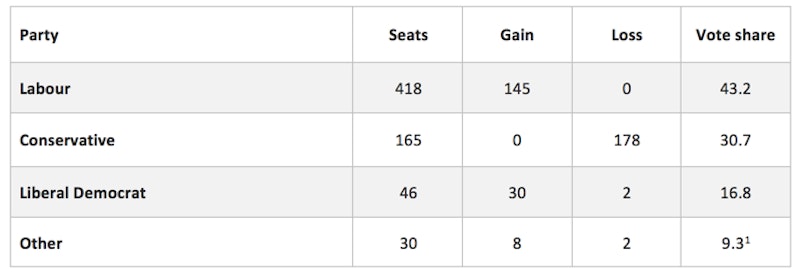Study Notes
General Election 1997 - Introduction
- Level:
- AS, A-Level
- Board:
- AQA, Edexcel
Last updated 20 Nov 2017
The General Election of 1997 was, what is sometimes referred to as, a change election.
The Conservative Party had been in power since 1979. 18 years is an unusually long period of time for one party to be continuously in power. Since the 1979 election the Labour Party had had five leaders and more than one “reinvention”. In the early 1990s, a popular politics essay question was “Must Labour Lose?” The same was to be asked of the Conservative Party ten years later.
A change election exists when a period associated with the dominance of one party ends and a new period begins (such as 1945, 1979 or 1997). There was not just a minor shift between parties but a landslide victory for Labour.
What is unusual about 1997 is that it was not at a time of economic catastrophe or social upheaval, as in previous ‘change elections’. Following a severe recession in the early 1990s, the following years were characterised by steady growth, low unemployment and low inflation. While voters with long memories might have been punishing the Conservatives for the Exchange Rate Mechanism crisis in 1992, there must have been other explanations for the extraordinary result.

As can be seen from the results, this was a landslide victory for the Labour Party who gained a large majority, at the expense of the Conservative Party who lost more than half their MPs, including a number of “big names” from the Cabinet. The Liberal Democrats also had a good night at the Conservative’s expense while other minor parties had little impact.
Sources:
You might also like
General Election Turnout "Higher Lower" Activity
Quizzes & Activities
Conservative Party Vote Share in General Elections - "Higher Lower" Activity
Quizzes & Activities
General Election 1997 - Role of the Media
Study Notes
General Elections Result - 'Tug of War' activity
Quizzes & Activities